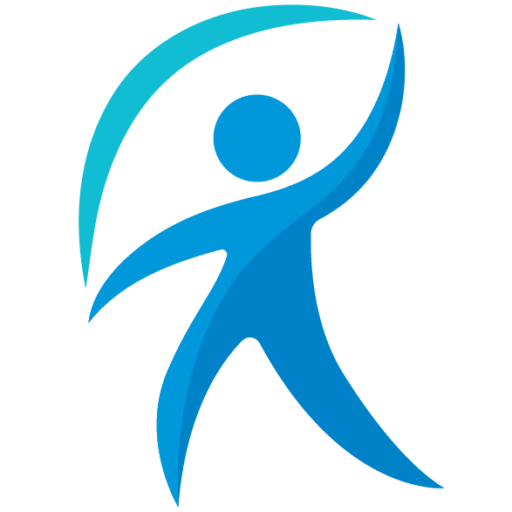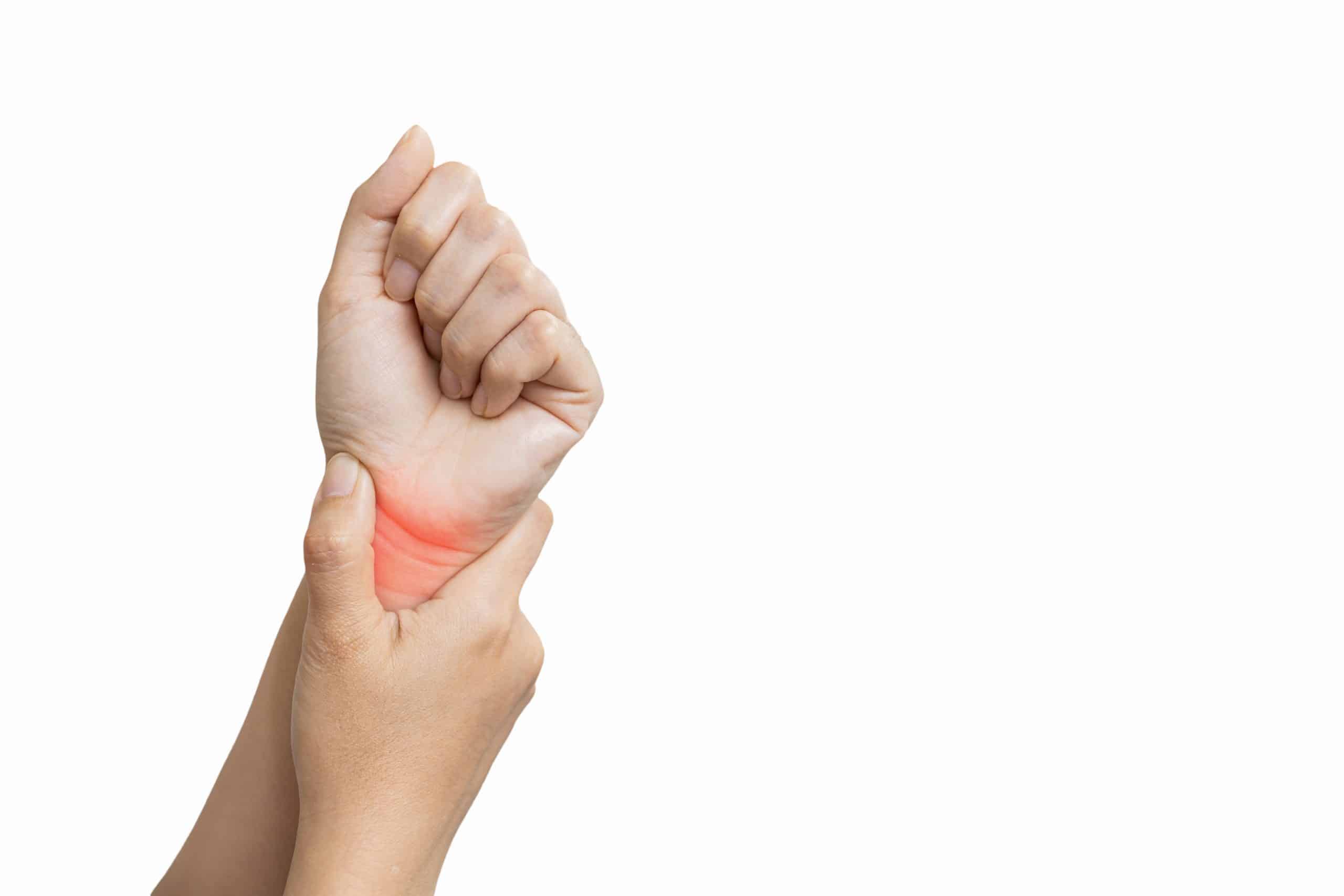yourdoctorasghar@gmail.com
yourdoctorasghar@gmail.com
Rotator Cuff Bursitis and Tendinitis
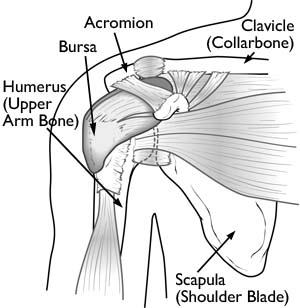
One of the most common physical complaints is shoulder pain. Your shoulder is made up of several joints combined with tendons and muscles that allow a great range of motion in your arm. Because so many different structures make up the shoulder, it is vulnerable to many different problems. The rotator cuff is a frequent source of pain in the shoulder
Your shoulder is made up of three bones: your upper arm bone (humerus), your shoulder blade (scapula), and your collarbone (clavicle). Your arm is kept in your shoulder socket by your rotator cuff. These muscles and tendons form a covering around the head of your upper arm bone and attach it to your shoulder blade.
There is a lubricating sac called a bursa between the rotator cuff and the bone on top of your shoulder (acromion). The bursa allows the rotator cuff tendons to glide freely when you move your arm.
The rotator cuff is a common source of pain in the shoulder. Pain can be the result of:
Tendinitis The rotator cuff tendons can be irritated or damaged.
Bursitis The bursa can become inflamed and swell with more fluid causing pain.
Causes
Rotator cuff pain is common in both young athletes and middle-aged people. Young athletes who use their arms overhead for swimming, baseball, and tennis are particularly vulnerable. Those who do repetitive lifting or overhead activities using the arm, such as paper hanging, construction, or painting are also susceptible. Pain may also develop as the result of a minor injury. Sometimes, it occurs with no apparent cause.
Symptoms
Rotator cuff pain commonly causes local swelling and tenderness in the front of the shoulder. You may have pain and stiffness when you lift your arm. There may also be pain when the arm is lowered from an elevated position.
Beginning symptoms may be mild. Patients frequently do not seek treatment at an early stage. These symptoms may include:
Minor pain that is present both with activity and at rest
Pain radiating from the front of the shoulder to the side of the arm
Sudden pain with lifting and reaching movements
Athletes in overhead sports may have pain when throwing or serving a tennis ball
As the problem progresses, the symptoms increase:
Pain at night
Loss of strength and motion
Difficulty doing activities that place the arm behind the back, such as buttoning or zippering
If the pain comes on suddenly, the shoulder may be severely tender. All movement may be limited and painful.
Treatment
The goal of treatment is to reduce pain and restore function. In
planning your treatment, your doctor will consider your age, activity
level, and general health.
Nonsurgical Treatment
In most cases, initial treatment is nonsurgical. Although nonsurgical treatment may take several weeks to months, many patients
experience a gradual improvement and return to function.
Rest. Your doctor may suggest rest and activity modification, such as avoiding overhead activities.
Non-steroidal anti-inflammatory medicines. Drugs like ibuprofen and naproxen reduce pain and swelling.
Physical therapy. A physical therapist will initially focus on restoring
normal motion to your shoulder. Stretching exercises to improve range
of
motion are very helpful. If you have difficulty reaching behind your
back, you may have developed tightness of the posterior capsule of the
shoulder
(capsule refers to the inner lining of the shoulder and posterior refers
to the back of the shoulder). Specific stretching of the posterior
capsule can be very effective in relieving pain in the shoulder.
Once your pain is improving, your therapist can start you on a
strengthening program for the rotator cuff muscles.
Steroid injection. If rest, medications, and physical therapy do not
relieve your pain, an injection of a local anesthetic and a
cortisone preparation may be helpful. Cortisone is a very effective
anti-inflammatory medicine. Injecting it into the bursa beneath the
acromion
can relieve pain.
This information is not meant as medical advice. It is provided
solely for education. Our practice would be pleased to discuss your
unique circumstances and needs as they relate to these topics.
Treatments
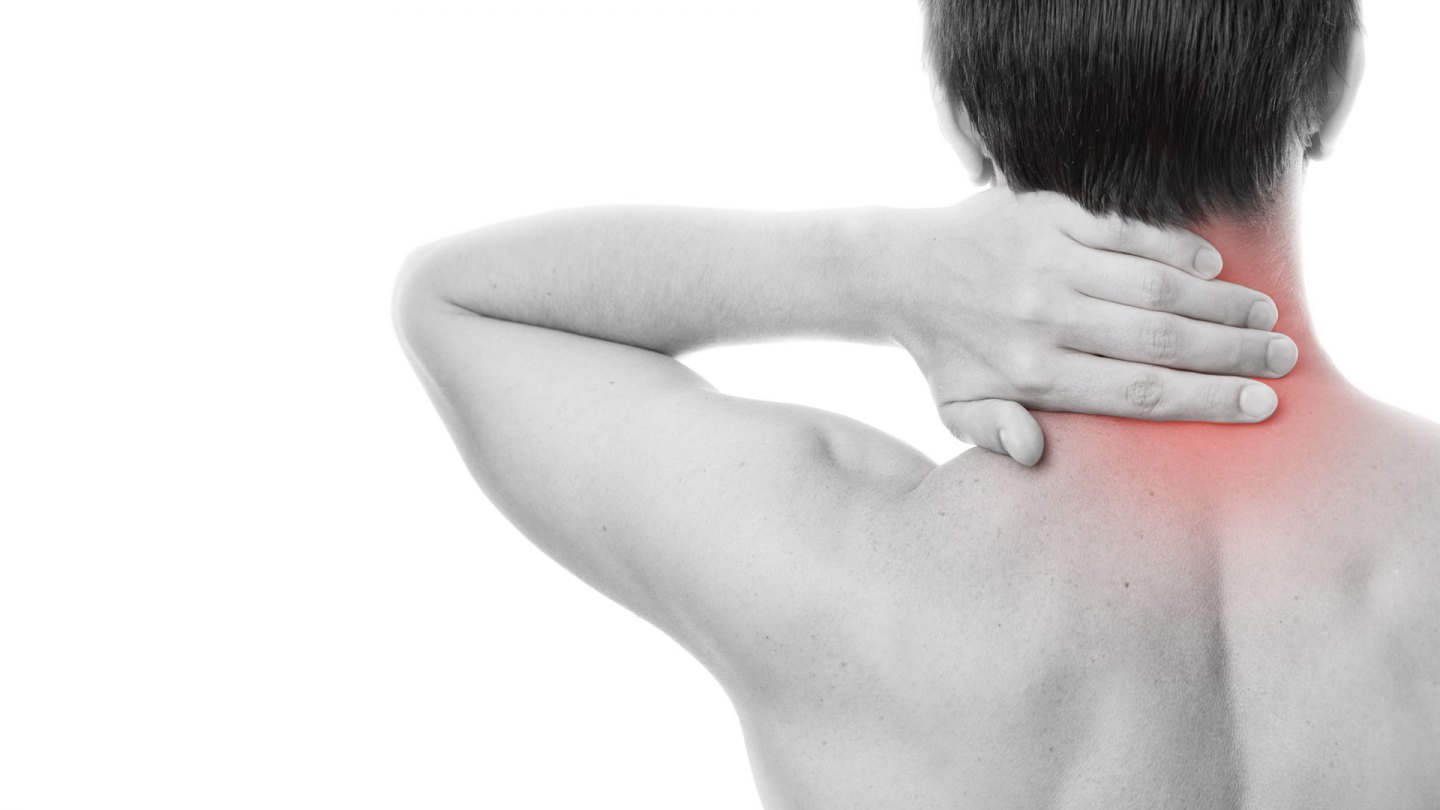
Fibromyalgia Treatments
Fibromyalgia
Compassionate care and effective treatments for fibromyalgia. Our experienced team provides personalized solutions to manage chronic pain, improve sleep, and enhance overall well-being. Take the first step towards a more comfortable and fulfilling life with our comprehensive approach to fibromyalgia treatment.

Lupus Treatments
Lupus
We offers comprehensive care for this chronic autoimmune disorder. With a focus on symptom management and improving overall well-being, we provide personalized treatment plans tailored to each individual. Discover effective strategies to enhance your quality of life and regain control over your health.
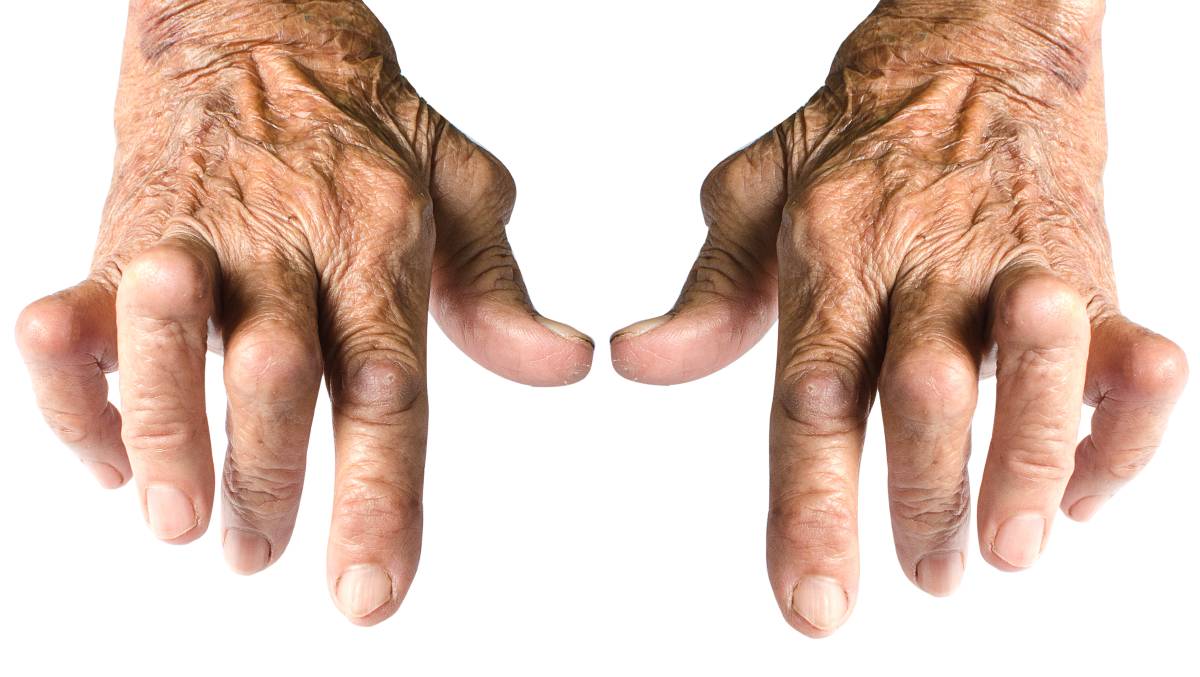
Rheumatoid Treatments
Rheumatoid Arthritis
Comprehensive Rheumatoid Arthritis Management: Our expert team is dedicated to improving your quality of life through personalized care. From innovative medications to physiotherapy, occupational therapy, and surgical interventions, we offer a range of effective treatments to relieve pain, reduce inflammation, and enhance joint function. Regain control and rediscover the joy of everyday activities with our compassionate support.
MESSAGE BY
Mir M. Asghar MD, FACR
Board Certified Rheumatologist
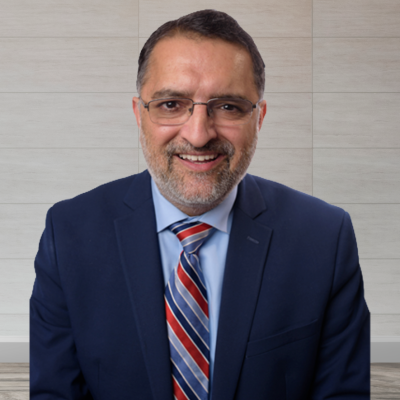
MESSAGE BY
Mir M. Asghar MD, FACR
Board Certified Rheumatologist
Welcome to Rheumatology Consultants of Michigan, where our mission is to provide personalized care to patients with rheumatic diseases. As a rheumatologist with over 20 years of experience, I understand the complex nature of these conditions and the significant impact they can have on a person's quality of life.
At Rheumatology Consultants of Michigan, we take a patient-centered approach to care, with a focus on improving our patients' overall health and wellbeing. We believe in the importance of listening to our patients, providing clear explanations, and working collaboratively to develop a treatment plan that is tailored to each individual's needs.
Our team is dedicated to staying up-to-date with the latest advances in rheumatology, so we can offer our patients the most effective treatments available. Whether you're dealing with arthritis, lupus, or another rheumatic disease, we're here to help.
